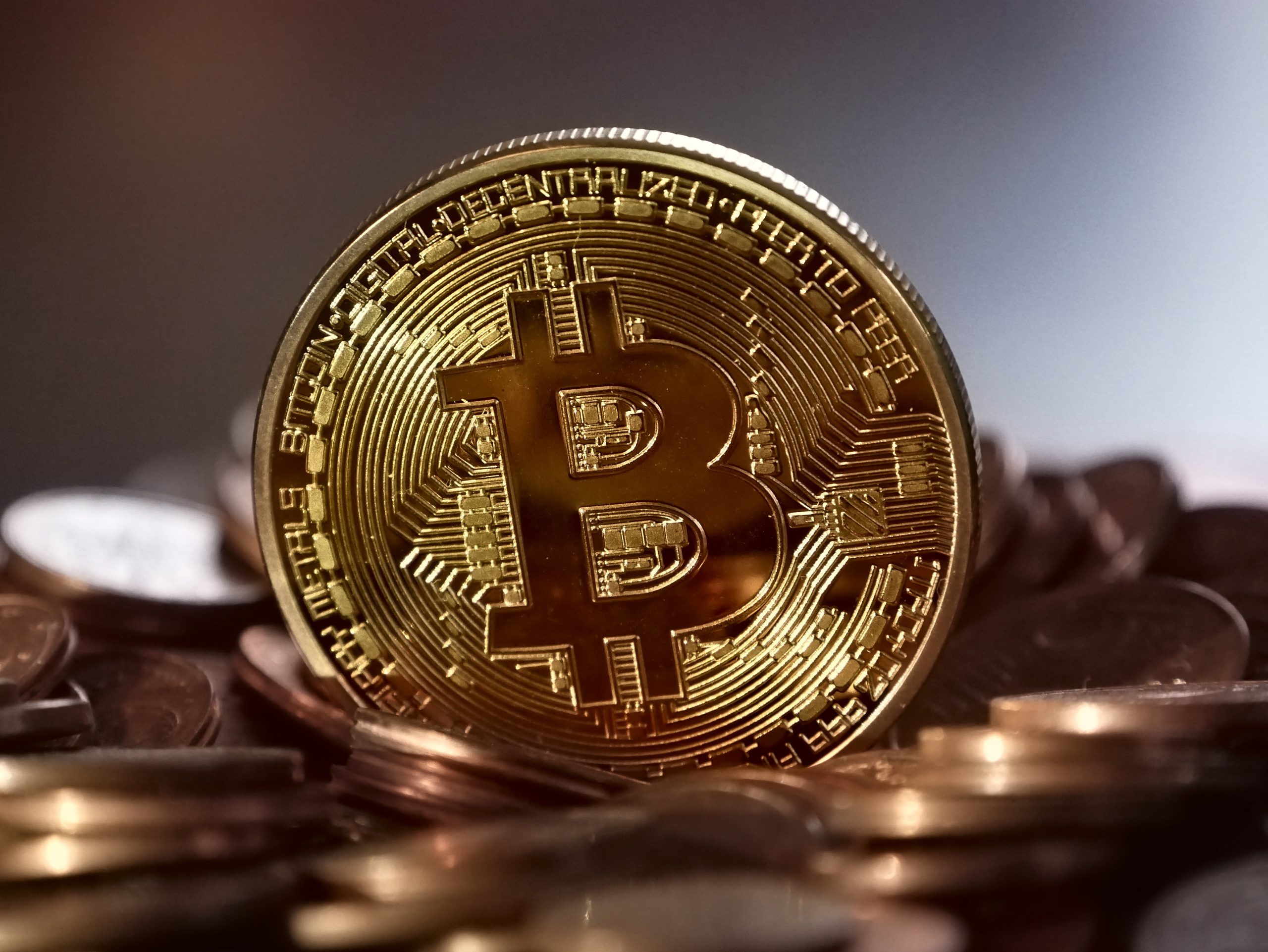Blockchain is the collection of records linked with each other which is strongly resistant to any kind of alteration protected using cryptography. We will go through the basics of blockchain technology in this tutorial. Let’s start with how it all started:
Image source: 101blockchains
2008:
- The first description of Bitcoin was published in 2008 by an individual (or a group not known yet) under the pseudonym “Satoshi Nakamoto”.
2009:
- The Bitcoin Network goes live and the first Bitcoins are mined.
- The first successful Bitcoin (BTC) transaction occurs between computer scientist Hal Finney and the mysterious Satoshi Nakamoto.
2010:
- The first cryptocurrency stock exchange for trading Bitcoin is launched.
- Florida-based programmer Laszlo Hanycez completes the first-ever purchase using Bitcoin – two Papa John’s pizzas. Hanycez transferred 10,000 BTC’s, worth about $60 at the time. Today it’s worth $80 million.
- The market cap of Bitcoin officially exceeds $1 million.
2011:
- One Bitcoin equals one USD.
- Electronic Frontier Foundation, Wikileaks, and other organizations start accepting Bitcoin as donations.
2012:
- Blockchain and cryptocurrency are mentioned in popular television shows like The Good Wife, injecting blockchain into pop culture.
- Bitcoin Magazine launched by early Bitcoin developer Vitalik Buterin.
2013:
- One Bitcoin now equals 100 USD.
- BTC market cap surpassed $1 billion.
- Buterin publishes the “Ethereum Project” paper suggesting that blockchain has other possibilities besides Bitcoin.
2014:
- Microsoft starts accepting Bitcoin as payments.
- Gaming company Zynga, The D Las Vegas Hotel, and Overstock.com all start accepting Bitcoin as payment.
- Buterin’s Ethereum Project is crowdfunded via an Initial Coin Offering (ICO) raising over $18 million in BTC and opening up new avenues for blockchain.
- R3, a group of over 200 blockchain firms, is formed to discover new ways blockchain can be implemented in technology.
- PayPal announces Bitcoin integration.
2015:
- The number of merchants accepting BTC exceeds 100,000.
- NASDAQ and San-Francisco blockchain company Chain team up to test the technology for trading shares in private companies.
2016:
- Tech giant IBM announces a blockchain strategy for cloud-based business solutions.
- The government of Japan recognizes the legitimacy of blockchain and cryptocurrencies.
2017:
- One Bitcoin equals 10’000 USD.
- The cryptocurrency market cap reaches $150 billion.
- JP Morgan CEO Jamie Dimon says he believes in blockchain as a future technology, giving the ledger system a vote-of-confidence from Wall Street.
- Bitcoin reaches its all-time high at $19,783.21/BTC.
- Dubai announces its government will be blockchain-powered by 2020.
2018:
- Facebook commits to starting a blockchain group and also hints at the possibility of creating its own cryptocurrency.
- IBM develops a blockchain-based banking platform with large banks like Citi and Barclays signing on.
2019:
- Enterprise blockchain and hybrid blockchains
- The topic of enterprise blockchain discussions shifted from, “Will blockchain work?” to, “How can we make blockchain work for us?”
- Many banks around the world started to work with blockchain technology.
2020:
- America and China and many other countries are using blockchain technology for COVID-19 researches.
These are some of the major outcomes of blockchain see you in the next article with step by step elaboration of blockchain technology.
